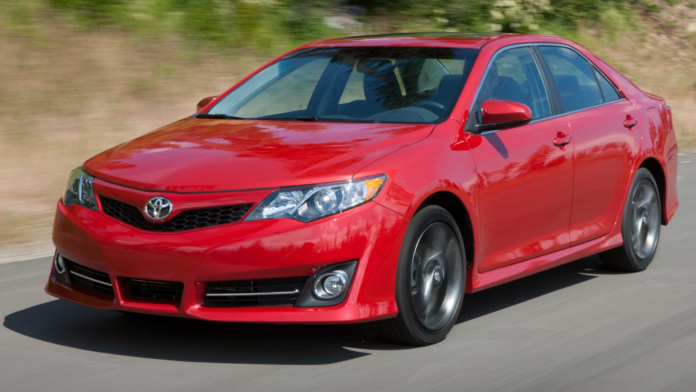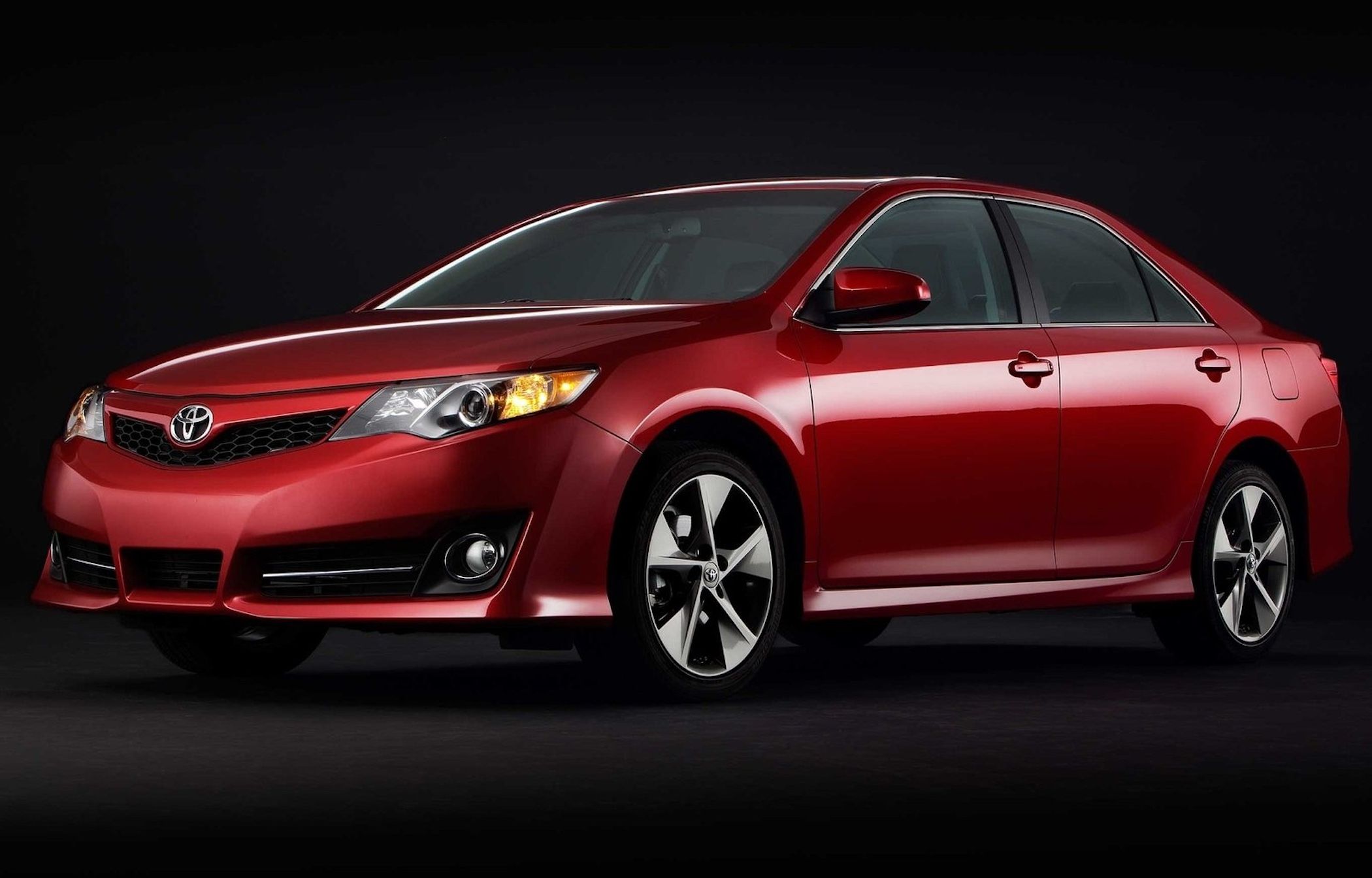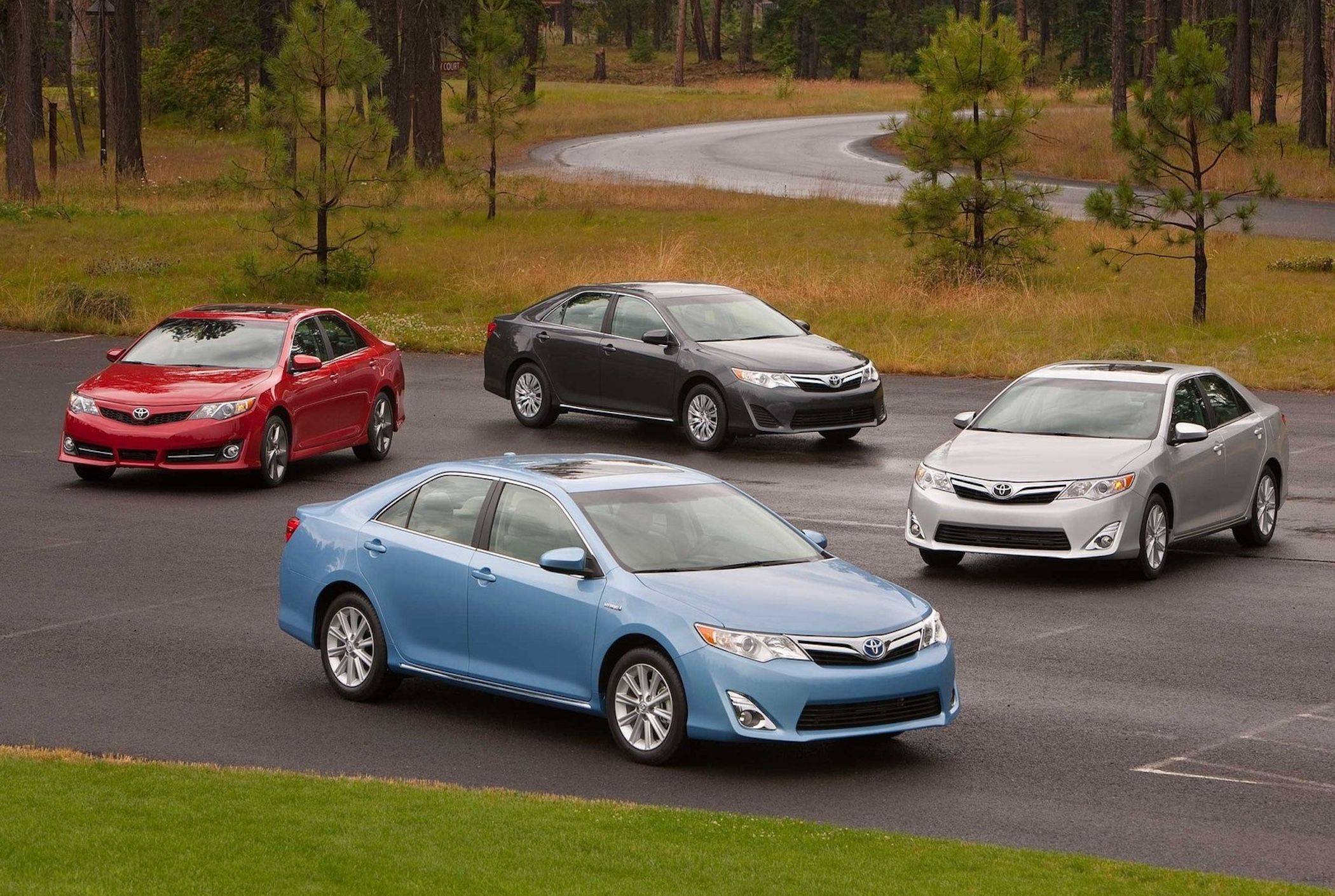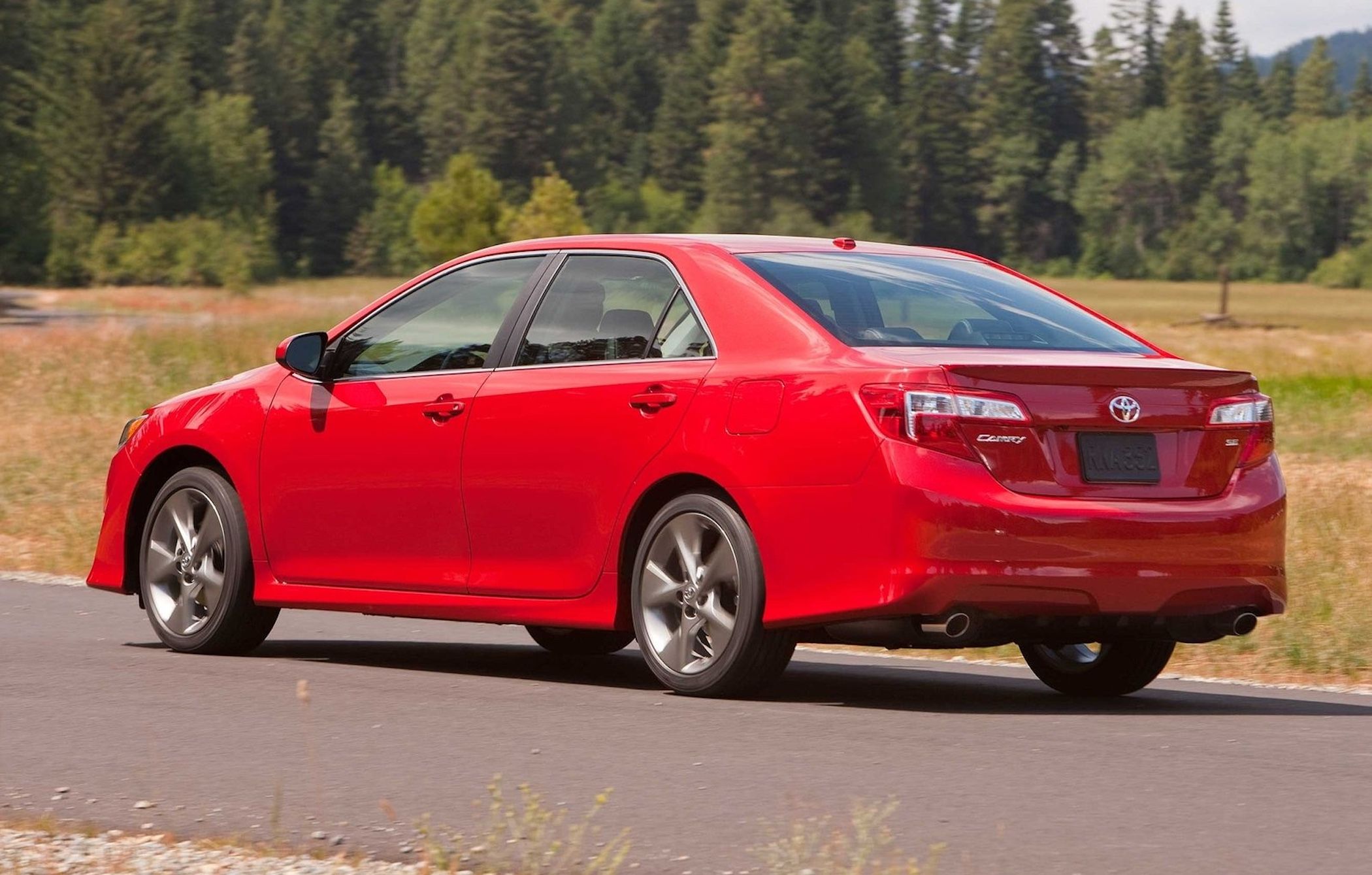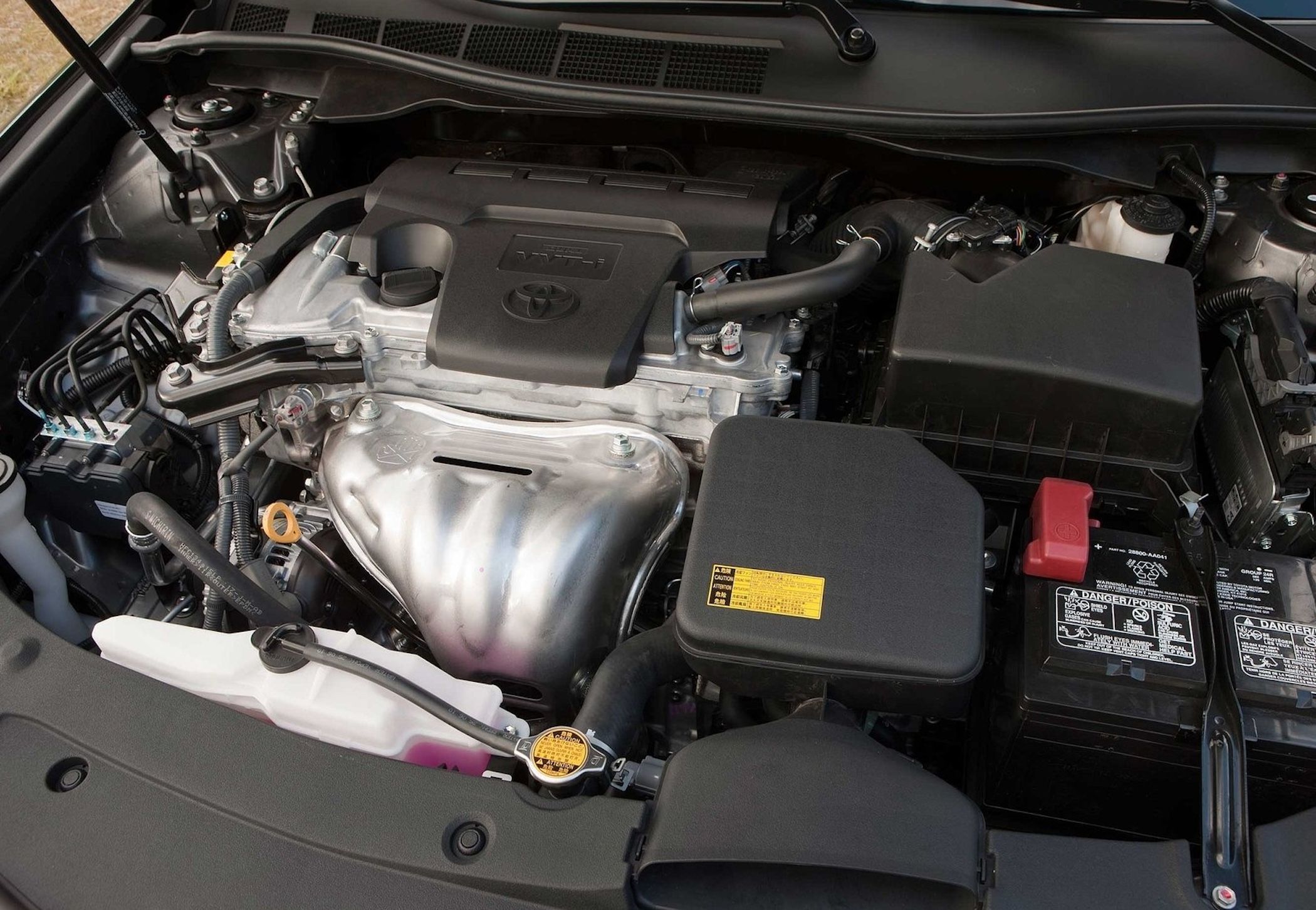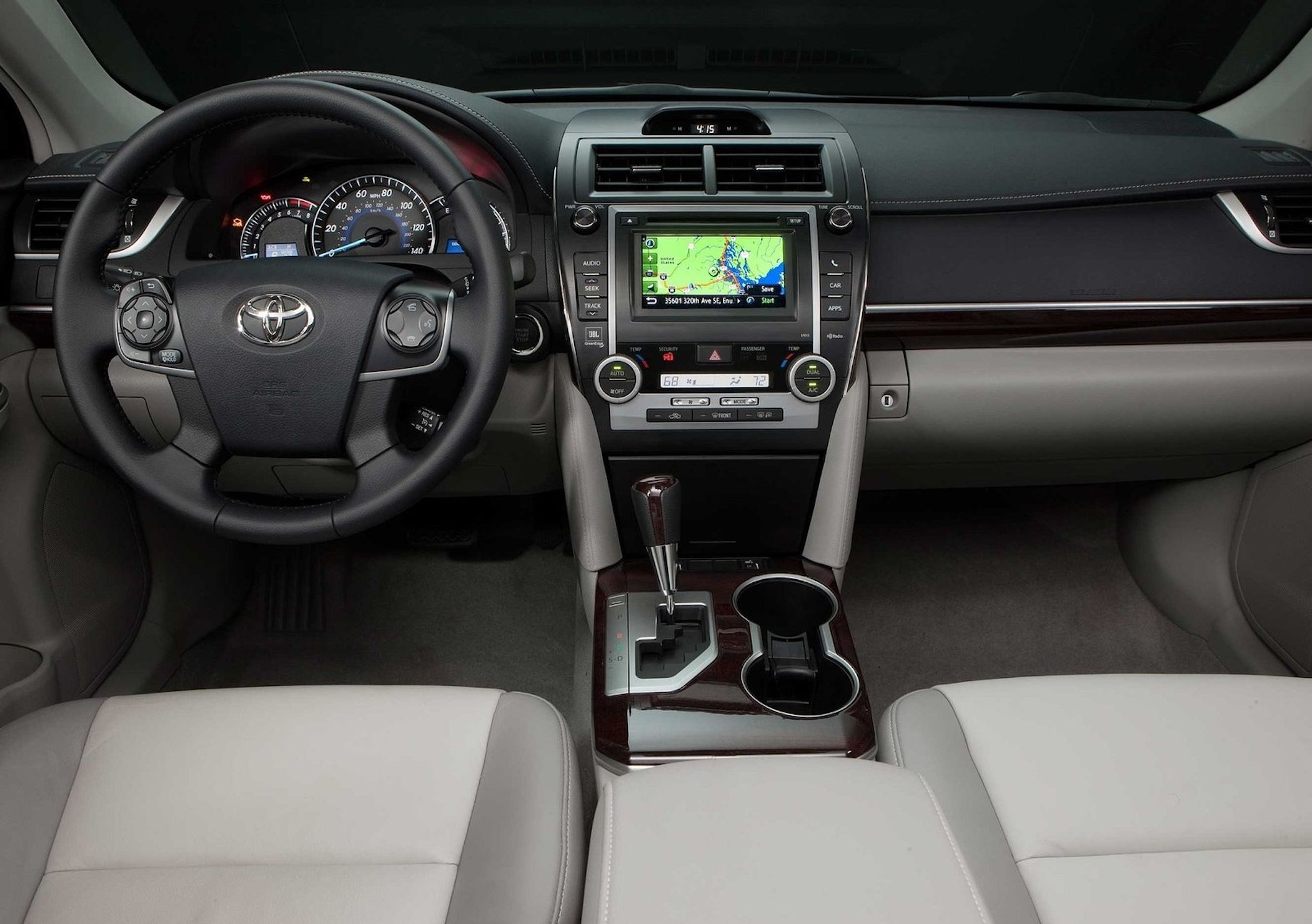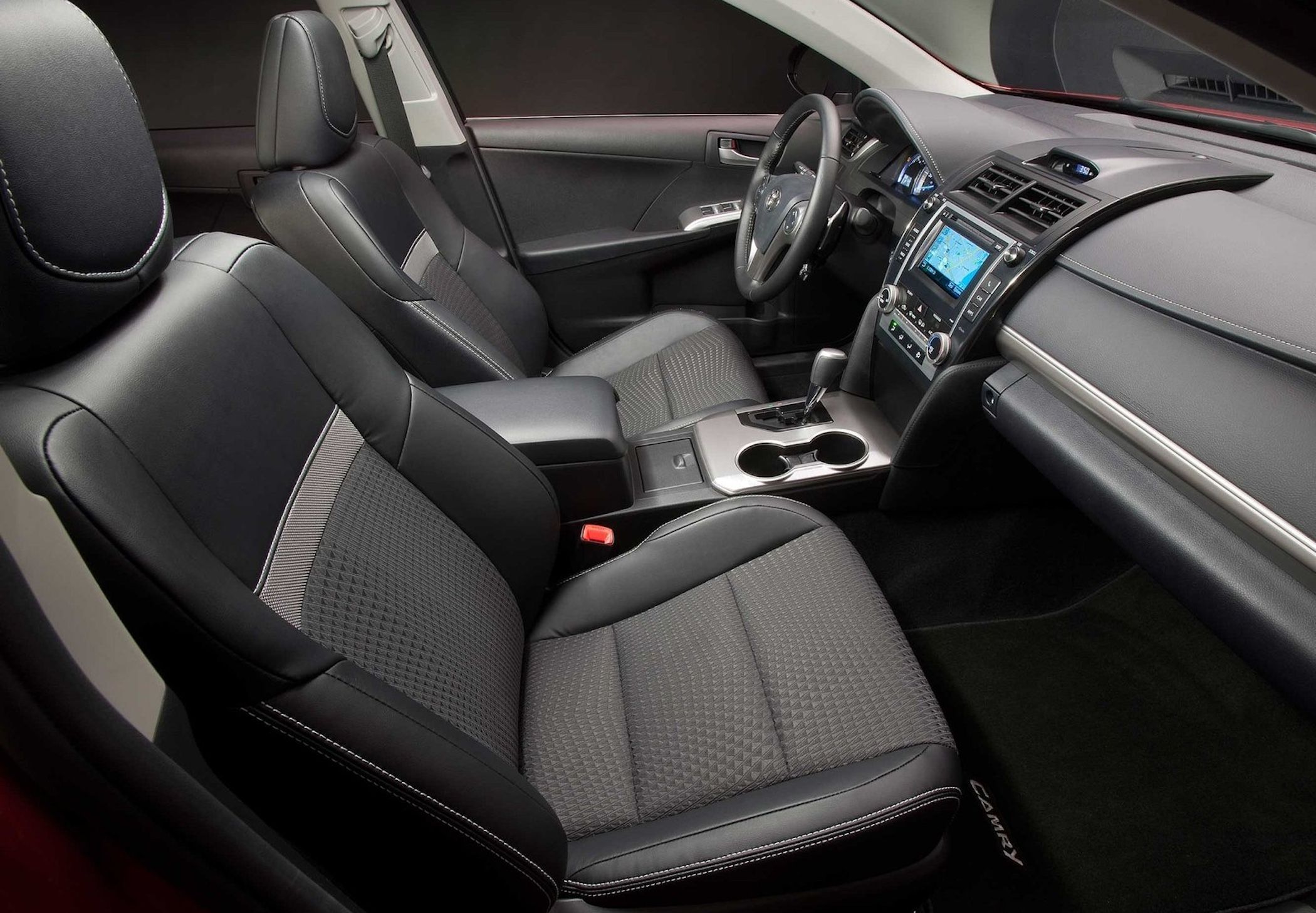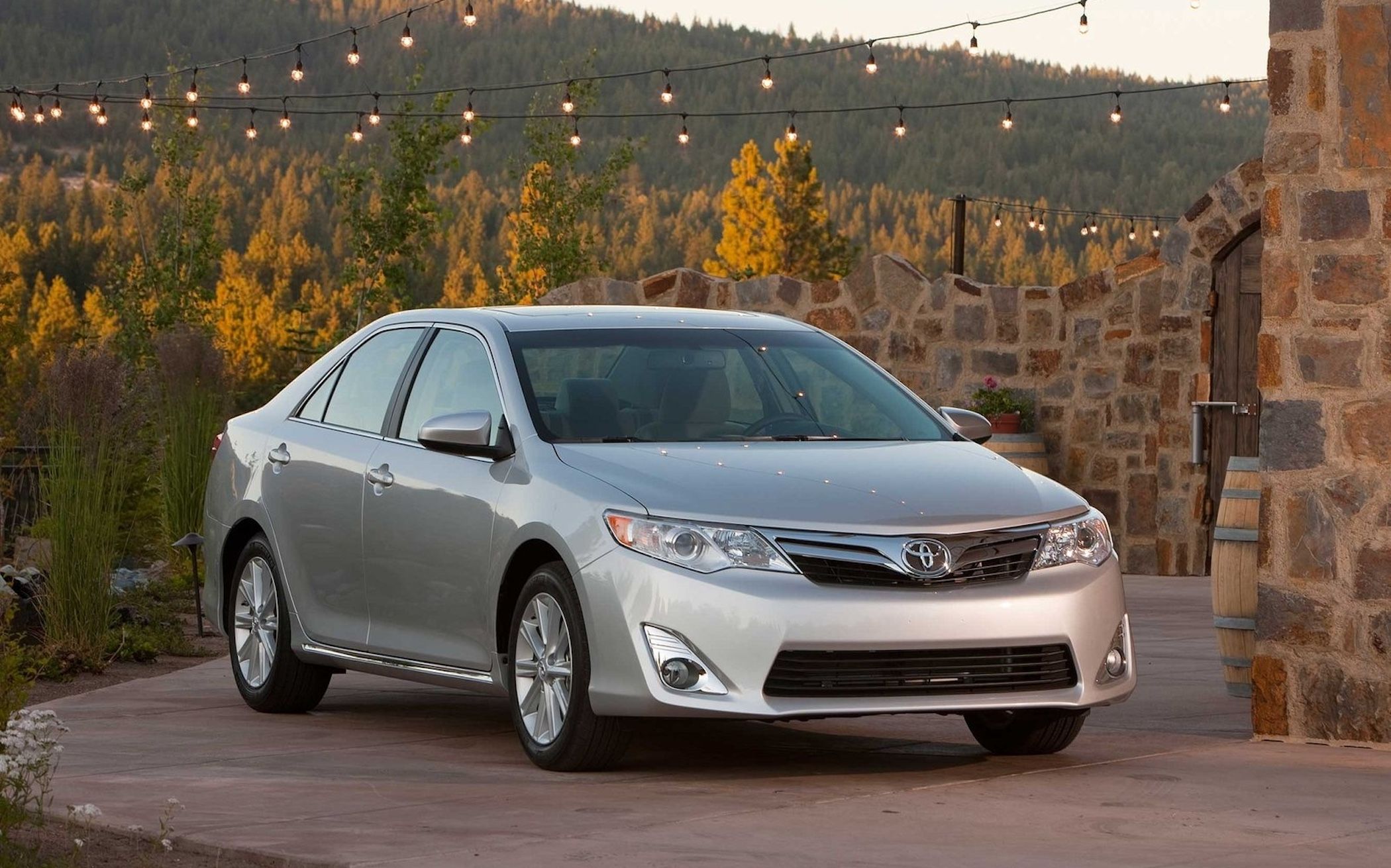The Toyota Camry is currently the best-selling car in the US, despite the rise in popularity of SUVs and crossovers. It is the only vehicle that isn’t an SUV or truck on the list of the 10 top-selling cars in the US in 2023. There are several reasons why the Camry has remained so popular, and the most important of all is arguably reliability. You could buy one, throw it off a bridge into a river, fish it out a week later, and it will likely still work.
Related
Toyota Camry Generations: Everything You Need To Know In One Place
Nine generations of Toyota Camry have been on sale in the USA over the last forty years. What’s changed?
Sure, it’s also comfortable, spacious, and affordable, but its unmatched reliability has always been a big drawing card. Apart from the models introduced in the ’80s, the 2013 Toyota Camry is frequently regarded as the most dependable version of the nameplate. Thousands of well-documented accounts from owners exist to support this claim. Still, we also looked at complaints submitted by owners over the years, as well as voluntary recalls issued by Toyota itself.
Toyota’s General Reliability
Toyota has already built a reputation for dependability over the years. Its top marks in reliability and customer satisfaction surveys testify to that. The Camry is one of Toyota’s most dependable cars. Introduced in 1982, the model quickly became popular among American buyers despite being imported from Japan. By 2013, the seventh-generation Camry had built on the success of the earlier models, gaining modern niceties to keep up with the times while still retaining its reputation for being nearly unbreakable. As we’ve seen before with these kinds of articles, the best model is usually modern enough to be equipped with ABS, airbags, and traction and stability control, but not so modern that they suffer from glitches within the infotainment system. For the record, modern infotainment systems are by far the most complained about feature in new cars.
The 2013 Toyota Camry Only Had A Few Complaints
Among the best indicators of reliability are the complaints submitted by owners. According to CarComplaints, the 2013 Camry had the fewest complaints among all widebody XV generations sold in America. The website listed 399 complaints from owners for this model year – a stark contrast against other model years, especially the 2007 model, which received over 4,000 complaints from owners, mostly related to excessive oil consumption.
Among the most common 2013 Camry complaints include shudders when driving, which can be attributed to the transmission. This would need replacement, typically costing $3,000 sans labor fees. More serious complaints include moldy, wet smells from the air conditioning system and unintended acceleration incidents. There aren’t concrete solutions to these problems, and most of the complaints were made years after the cars were sold. Also, keep in mind that Toyota sold 408,484 units in 2013, so only 0.098% of customers complained about their vehicles.

Related
Why The 2011 Honda Accord Is The Best Model Year To Buy Used
The Honda Accord has been with us for decades, but one model year stands out above the rest.
Meanwhile, the National Highway Traffic Safety Administration (NHTSA) showed that the 2013 Camry appeared with significantly fewer issues than other model years and other cars of the same era, with only 288 complaints received. Most owner complaints submitted to the agency point to minor problems such as shuddering gearboxes and other problems pointing to the hybrid version of the sedan.
J.D. Power also rated the 2013 Camry with 84 points out of 100 in terms of Quality & Reliability, reflecting the outstanding ownership experienced by owners. J.D. Power’s rating measures the defects, malfunctions, and design flaws covering the entire vehicle, from the engine down to the infotainment system. The higher the rating, the more reliable the car is. In 2013, the Camry topped the list of midsize cars, sitting above the Honda Accord.
Recalls Are Less Than A Handful
Recalls are a critical measure of a car’s reliability, a way for manufacturers to rectify issues that might have been overlooked during the vehicle’s production. While Ford has been struggling by spending millions of dollars on recalls, Toyota is the opposite.
The 2013 Camry shines in this regard, with the NHTSA recording only two voluntary Toyota recalls. More importantly, these complaints were not related to mechanical components.
One of the recalls involved clogged A/C drain plugs that could cause a short circuit in the airbag control module, eventually leading to unintentional airbag deployment. Toyota fixed the issue by installing a protective cover on the control module. The other recall involved a wiper switch that could fail due to a short circuit, which Toyota fixed by replacing the assembly.
If you are in the market for a 2013 Camry, it’s worth checking that the necessary work was done.
Powertrain And Transmission Durability
|
Engine |
2.5-Liter Four-Cylinder |
3.5-Liter V6 |
2.5-Liter Four-Cylinder Hybrid |
|---|---|---|---|
|
Power Output |
178 hp |
268 hp |
200 hp |
|
Torque |
170 lb-ft |
248 lb-ft |
|
|
Transmission |
Six-speed Automatic |
Six-speed Automatic |
eCVT |
The XV50 Camry is renowned for its durable powertrain and transmission. It came with three engine options: a 2.5-liter four-cylinder hybrid model with a combined output of 200 horsepower, a 2.5-liter four-cylinder gasoline engine rated at 178 hp and 170 lb-ft torque, and a 3.5-liter V6 that made 268 hp and 248 lb-ft torque. The ICE-only models came with a standard six-speed automatic transmission, while the hybrid version had the eCVT.
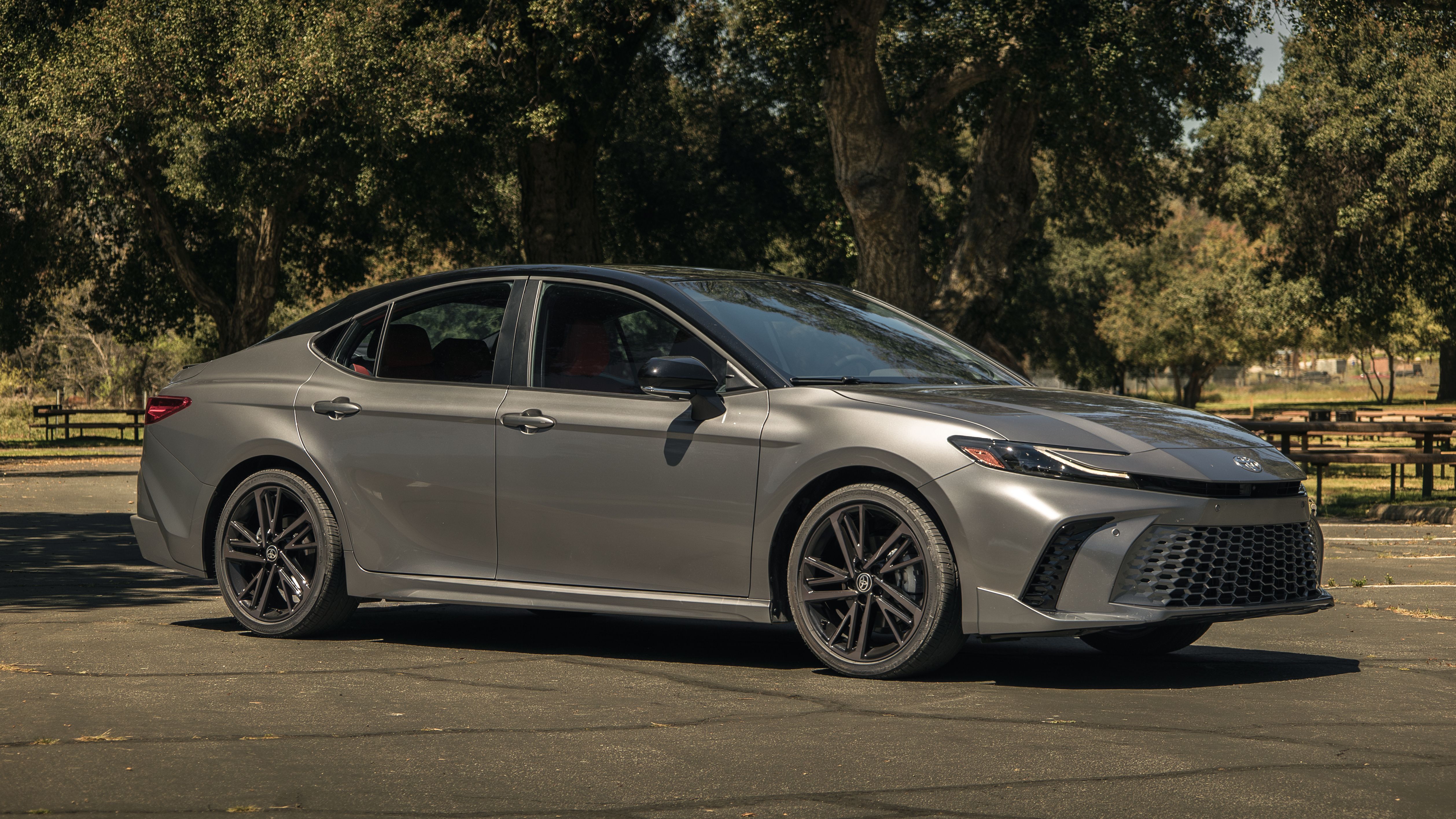
Related
The New Toyota Camry Is The Most Important Car In The World Right Now
Toyota’s update to its midsize sedan is a huge sign that the state of the automotive landscape has shifted in a big way.
The V6 Camry was renowned for its powerful setup, which was more than enough to carry its weight. As mentioned earlier, there were some issues with the shuddering transmissions, but not enough for the car to stall. Many samples exist in the used car market with their original engines and transmissions intact. You can easily test the transmission by test-driving the vehicle fully warmed up at around 40 mph.
Designed For Longevity
Toyota designed the seventh-generation Camry with longevity in mind. The company’s engineering team focused on improvements to the sixth-generation model rather than a complete redesign from the ground up.
For example, the suspension system was designed to provide a comfortable ride while being durable enough to handle rough roads. Meanwhile, the engine and transmission provided more than sufficient power. It’s equipped with a timing chain, which is a much more robust construction than timing belts that need periodic replacement.
The interior of the 2013 Camry also reflects this focus on longevity. Depending on the trim level, the general theme of the cabin points toward comfort and practicality. The materials used for the seats, dashboard, and other interior components were chosen for their durability and resistance to wear. As a result, many XV50 Camry units still have interiors that are in good condition. It may not be a glamorous interior, but it will last a lifetime.
Simplicity Is The Key
A hallmark of the Toyota Camry is its simplicity. Unlike more modern versions, older Camrys were less reliant on electronic systems, making them easier to maintain and repair. The straightforward engines and mechanical systems mean fewer components that can fail. This simplicity extends to the interior and exterior features, which are functional and durable without unnecessary complexity.
For example, the Camry’s electrical system is relatively simple compared to modern vehicles. This meant there were fewer opportunities for failures, and any issues that arose were easier to diagnose and repair. The car’s mechanical systems, such as the brakes and suspension, were also designed to be straightforward and easy to maintain.
Affordability And Availability Of Parts
Another significant advantage of owning a seventh-generation Toyota Camry is the affordability and availability of parts. Whether you need a new alternator, brake pads, or suspension components, replacement parts are budget-friendly and easy to obtain due to the car’s popularity, with over 400,000 units sold in the US that year.
The widespread availability of parts is partly because many components of the 2013 Camry were shared with other Toyota models from the same era; the V6 was used in the Highlander and Sienna, while the four-pot mill was shared with the RAV4. This means parts are often interchangeable and widely available from Toyota and third-party suppliers. The car’s relatively simple design makes it easier for mechanics to work on, further limiting the cost of repairs and maintenance.
Basic services range from $100 to $200 through a Toyota dealership, while a full service every 30,000 miles costs between $300 to $600. Even more significant repairs, such as engine or transmission work, are more affordable than for many newer vehicles, especially compared to the 2025 Camry lineup, which is exclusively available with a hybrid setup.

